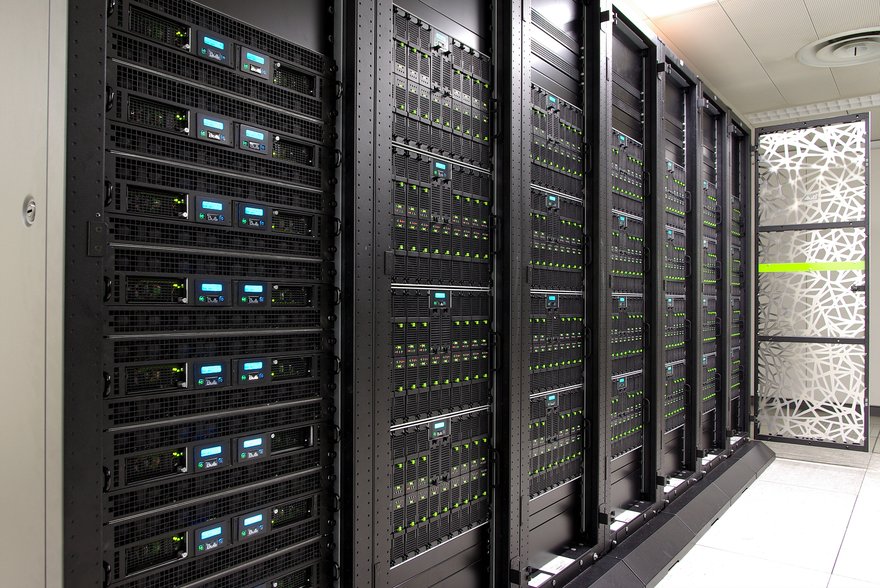Bull is to upgrade the data center for nuclear fusion at Rokkasho in Japan by injecting the facility’s Helios supercomputer with Bullx nodes made from Intel Xeon Phi coprocessors.
The data center, run by the French Alternative Energies and Atomic Energy Commission (the CEA), supports research aimed at controlling nuclear fusion.
The project aims to refine a sustainable energy source that produces no carbon dioxide emissions or other greenhouse gasses.
The system provides modeling and simulation capacity which is open to all European and Japanese researchers under the ‘Broader Approach’, a research program that complements the international cooperative ITER program.
The Helios supercomputer was designed and is operated by Bull.
The new Intel Xeon PHI coprocessors added to Helios will give researchers access to exceptional computing performance, said Bull. Their massively parallel architecture is being used to investigate how to increase the ratio of computing performance per watt as the centre prepares for Exa-scale computing, according to Bull.
“Computer simulation plays an essential role in the development of research into nuclear fusion – both in terms of understanding the extremely complex physical phenomena involved and in scoping future tokamaks [fusion device designs],” Pascal Barbolosi, VP of Extreme Computing at Bull, said.
The adaption of the Intel processors with an extremely high levels of parallelization is essential if scientists are to fully utilize future generations of supercomputers, explained Gabriele Fioni, director of materials sciences at the CEA. “The integration of Intel Xeon Phi coprocessors into Helios is an important move in this direction,” Fioni said.
The original Helios supercomputer featured 4,410 bullx B510 compute nodes, with 8,820 Intel Xeon E5 processors producing a power of 1.5 Petaflops. The 180 new bullx B515 compute nodes will each include two Intel Xeon Phi coprocessors delivering an additional 400 Teraflops, taking the total power of the Helios system to almost 2 Petaflops.

